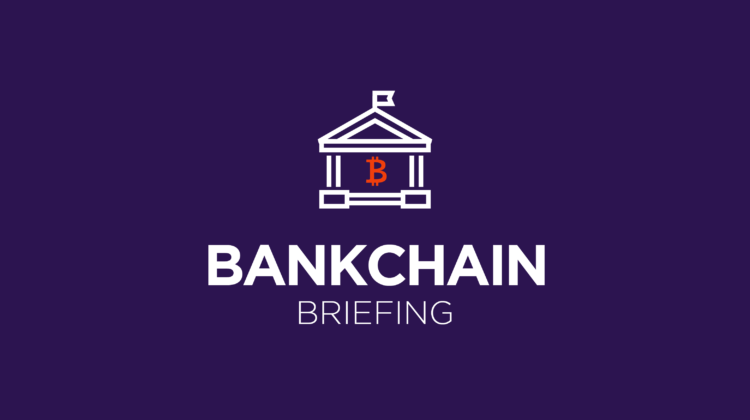Blockchain and Crypto, Member Exclusive
Bankchain Briefing: ‘Just because the crypto application is badly designed doesn’t mean you throw out the blockchain’ – Paystand’s Gary Malhotra
- This week, we discuss the differentiation between blockchain and crypto, and why some in the industry believe that the crypto winter doesn’t negatively impact the outlook for blockchain as a whole.
- We also look at how bankrupt crypto lender Celsius Network’s customers face a major obstacle in winning back their deposits.








